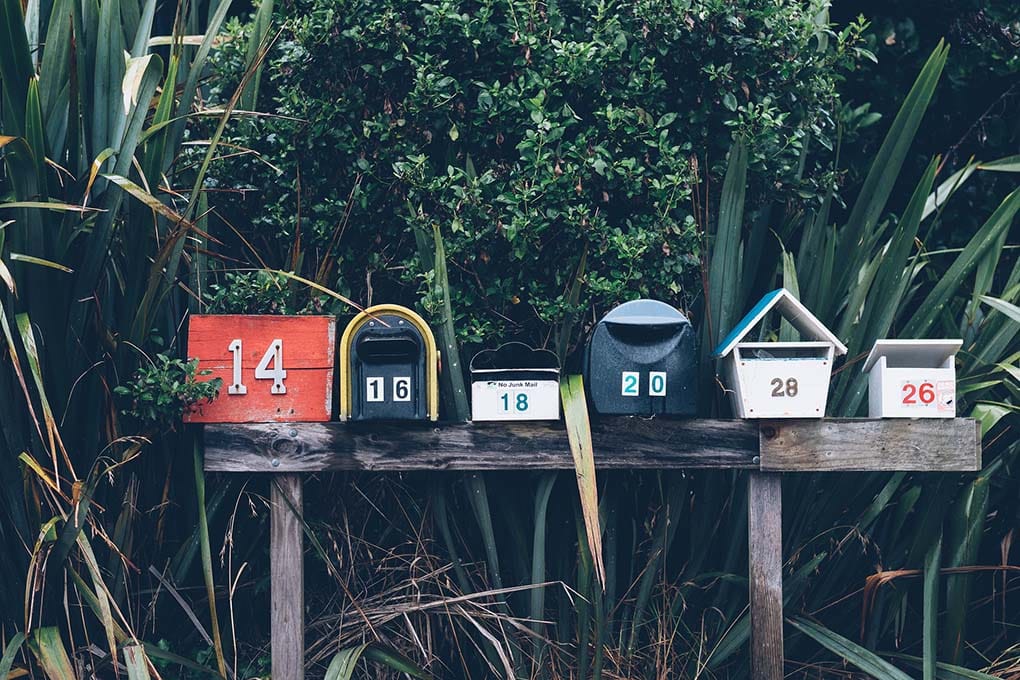Email automation has become fairly ubiquitous in today’s digital marketing landscape. It’s used for growing your sales pipeline, confirming purchase orders, generating repeat sales, and sharing monthly blog posts. The more customers you have, the more sense it makes to use this automation to maintain engagement with your brand. But your efforts won’t get you very far if you don’t make sure to segment the contacts you’re emailing: otherwise, you risk sending them material that isn’t appropriate, relevant, or personalized. So how many segments do you need? At minimum, a highly-defined inbound marketing strategy should include these three:
New customers. These contacts have either subscribed to your email list, purchased a product or service from you for the first time, or recently partnered with you.
Emails they should receive:
- Welcome. These provide a thank-you to contacts for their engagement or new business by acknowledging their signup, purchase, or partnership.
- Browse abandon. These are typically meant for eCommerce and are sent to contacts who leave in the middle of a browsing session without making a purchase.
- Abandoned cart. Similar to browse, these encourage contacts to return to a checkout process they didn’t complete.
- Content. These are meant to educate your contacts, not sell to them. Its purpose is to reinforce your authority in their market, and stay top of mind for any new changes or additional services that could benefit their operations.
Returning customers. These contacts, as the name implies, do business with you more than once.
Emails they should receive:
- Repeat customer. These promote products or services similar to the one(s) already purchased.
- Content. Same as above, these reinforce your authority and provide additional services.
Disengaged customers. These contacts have gone quiet from interaction with your brand.
Emails they should receive:
- Re-engagement. These try to spark new interest. They can also help identify which contacts should be unsubscribed to protect your digital brand reputation from potential spam listing.
In fact, unsubscribed contacts are technically their own fourth segment, except the goal isn’t to message them. Every automated email that you send is required by law to have an unsubscribe option, and those requests should be honored for compliance. You’ll also receive plenty of responses directly from your contacts asking you to do this for them — or, like above, you’ll find that some simply disengage to the point you shouldn’t email them anyway. This segment should be maintained and compared to any new list of contacts you’re adding to your database to avoid duplicate records.
Are these all of the segments you could have? Hardly. You might need to subdivide them even further depending on the industries that you’re targeting and the messaging that’s relevant to each. In other words, if you market to three distinct industries, you’ll probably need to use three different welcome messages, which affects what you’ll need for content, repeat customers, and re-engagement.
Once you segment your database of contacts and develop the appropriate language for your emails, you’ll have a much easier time building and maintaining strong brand engagement.
Sound complicated? Click here to connect with us for an inbound marketing and content strategy.
You can also apply the same methodology to your prospecting and lead nurturing efforts. Click here to learn about the three segments you’ll need and the emails that work best for each.





